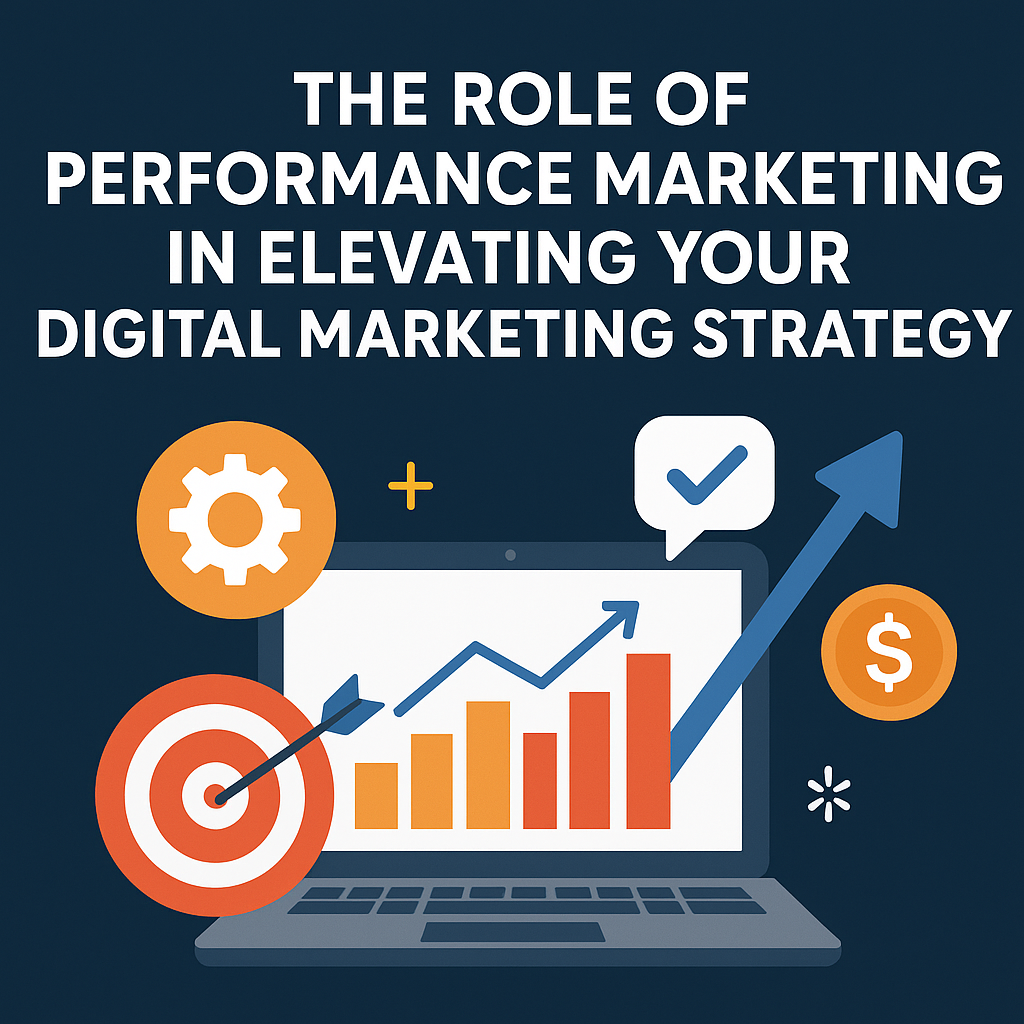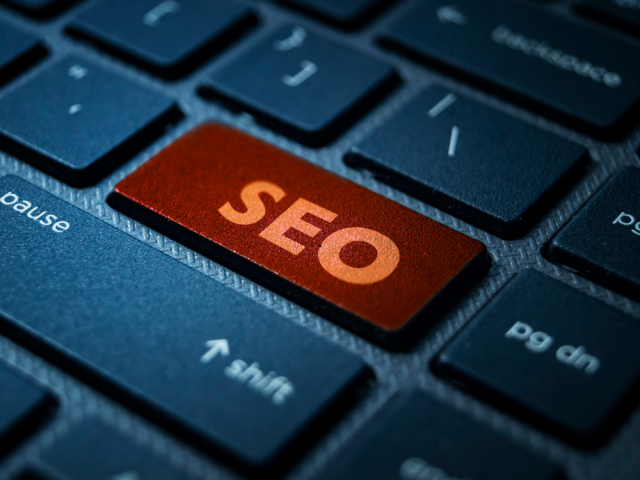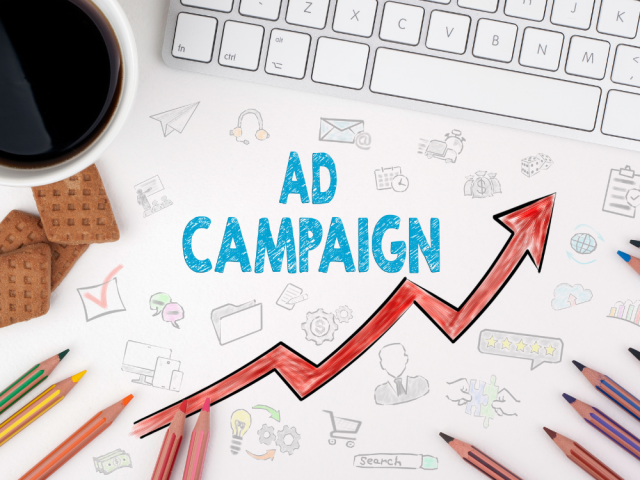The Role of Performance Marketing in Elevating Your Digital Marketing Strategy
Top SEO Trends in 2025 Every Business Should Know
Google Ads vs. Facebook Ads: Which Is Better for ROI?

The Role of Performance Marketing in Elevating Your Digital Marketing Strategy
In today’s fast-paced digital world, where every click, impression, and conversion counts, businesses are shifting their focus toward performance-driven marketing strategies. Traditional marketing once relied heavily on brand awareness and visibility, but now, data-driven decision-making defines success. This is where Performance Marketing becomes a game-changer. In this blog, we’ll explore what performance marketing is, why it matters, key components, benefits, and how it can elevate your overall digital marketing strategy. 🔍 What is Performance Marketing? Performance Marketing is a digital marketing approach where advertisers pay only for specific results — such as clicks, leads, or sales — rather than just ad placements or impressions. In simple terms, you pay for measurable actions, not promises. This model ensures every marketing dollar contributes directly to your business goals. It’s a perfect blend of creativity, analytics, and ROI-driven execution that makes marketing more efficient and accountable. ⚙️ How Performance Marketing Differs from Traditional Marketing Aspect Traditional Marketing Performance Marketing Goal Brand awareness Conversions & measurable actions Payment Model Pay upfront Pay for results (CPC, CPA, CPL) Tracking Difficult to measure ROI Fully trackable and data-driven Optimization Based on guesswork Based on analytics and performance Example Channels TV, Radio, Print Google Ads, Facebook Ads, Affiliate Marketing Traditional marketing focuses on building recognition, while performance marketing ensures every campaign delivers tangible outcomes. 🌐 Key Channels of Performance Marketing Performance marketing isn’t tied to one platform — it spans across multiple digital channels. Here are some of the most powerful ones: 1. Search Engine Marketing (SEM) Using paid ads on Google or Bing, SEM helps businesses appear at the top of search results for targeted keywords. It’s a high-intent marketing channel — meaning users are already looking for your products or services. Example: Running a Google Ads campaign for “best AI marketing tools” ensures your ad reaches people actively searching for that solution. 2. Social Media Advertising Platforms like Facebook, Instagram, LinkedIn, and TikTok offer advanced targeting options that let you reach specific demographics, interests, or behaviors. With strong visuals and persuasive ad copy, you can drive engagement, leads, and conversions. Pro Tip: Use retargeting ads to reconnect with visitors who interacted with your brand but didn’t convert. 3. Affiliate Marketing Affiliate partners promote your product on their platforms and earn a commission for each successful conversion. It’s a performance-based relationship that expands your reach without upfront ad costs. Example: A blogger promotes your product and gets paid when someone buys through their referral link. 4. Influencer Marketing Partnering with influencers who align with your brand helps build trust and authenticity. When structured with clear KPIs (clicks, sign-ups, or sales), it becomes part of a performance marketing framework. 5. Email & Marketing Automation Performance-driven email campaigns focus on metrics like open rates, click-through rates, and conversions. Combined with automation, it nurtures leads and maximizes ROI over time. 📊 Key Metrics That Define Success Performance marketing thrives on data and analytics. Here are the top metrics marketers track: CTR (Click-Through Rate): Measures how often people click your ad. CPC (Cost Per Click): The amount you pay each time someone clicks your ad. CPA (Cost Per Acquisition): Cost to acquire a customer. ROAS (Return on Ad Spend): Revenue generated for every dollar spent. LTV (Customer Lifetime Value): The long-term value of a customer relationship. By analyzing these metrics, marketers can optimize campaigns, improve targeting, and scale what works best. 🚀 Benefits of Incorporating Performance Marketing in Your Digital Strategy 1. Data-Driven Decision Making Performance marketing allows real-time tracking of campaigns. You can see which channels, creatives, or keywords drive the most ROI — and optimize accordingly. 2. Higher ROI and Lower Risk Since you pay only for measurable results, your marketing budget is better utilized. This minimizes risk while maximizing returns. 3. Scalability Once a campaign proves profitable, you can easily scale it up. Platforms like Meta Ads Manager and Google Ads let you adjust budgets instantly for greater reach. 4. Precise Targeting Advanced targeting ensures your message reaches the right people — based on age, gender, interests, or purchase behavior. This precision increases conversion rates and reduces wasted ad spend. 5. Transparency and Accountability Performance marketing offers full visibility into campaign performance. You can monitor dashboards, track KPIs, and make informed decisions instead of relying on guesswork. 🧠 Integrating Performance Marketing into Your Digital Marketing Strategy Here’s how to blend performance marketing seamlessly with your overall digital efforts: 1. Set Clear Goals Define specific, measurable goals — whether it’s lead generation, website traffic, or sales. Align these with your business objectives. 2. Identify the Right Channels Choose platforms that your audience actively uses. For instance, use LinkedIn Ads for B2B services and Instagram Ads for lifestyle or e-commerce brands. 3. Leverage SEO and Content Marketing Performance marketing and SEO complement each other. While SEO brings long-term organic traffic, paid ads deliver instant visibility. Combine both to create a powerful acquisition funnel. Example: Use blog posts (like this one) to rank organically, then run remarketing ads to convert visitors who showed interest. 4. Use A/B Testing Experiment with different ad creatives, headlines, and CTAs. Small changes in design or copy can dramatically improve conversion rates. 5. Automate and Optimize Utilize AI-powered tools to automate bidding, audience targeting, and campaign optimization. Tools like Google Performance Max or Meta Advantage+ simplify this process. 6. Measure and Refine Review campaign analytics regularly. If a channel underperforms, reallocate the budget to higher-performing campaigns. Continuous optimization is the key to sustained growth. 💼 Real-World Example: How Performance Marketing Drives Business Growth Imagine an online bakery brand launching a new line of customized cakes. By using performance marketing: They run Google Ads for “custom birthday cakes near me.” Retarget users who visited the website but didn’t order. Use Instagram reels ads to show beautiful cake designs. Collaborate with local food bloggers as affiliates. Within weeks, the brand sees a 40% increase in sales and a 2.5x ROAS — all because every campaign was tracked, optimized, and performance-focused. 🌟 Future of Performance Marketing The future of performance marketing lies in AI, automation, and personalization. As AI tools analyze consumer behavior in real-time, marketers can deliver hyper-targeted, data-backed campaigns that drive conversions like never before. Trends like: Predictive analytics Voice and visual search advertising AI-driven personalization are redefining how brands connect with audiences efficiently and profitably. 🧩 Final Thoughts Performance Marketing is no longer just an option — it’s an essential pillar of a successful digital marketing strategy. By focusing on measurable results, leveraging data, and continuously optimizing campaigns, businesses can achieve higher ROI, build stronger customer relationships, and scale faster than ever. If your digital marketing strategy still relies heavily on impressions and awareness alone, it’s time to pivot. Embrace performance marketing — and watch your digital presence turn into a revenue-generating machine. ✅ Key Takeaway: “What gets measured, gets improved. And in performance marketing, everything is measurable.” SEO Keywords to Target: Performance Marketing, Digital Marketing Strategy, Data-Driven Marketing, ROI Marketing, Google Ads, Facebook Ads, Affiliate Marketing, Marketing Optimization, Performance-Based Advertising, AI in Marketing Would you like me to format this blog for WordPress SEO (with meta title, meta description, H1-H2 tags, and featured image suggestion)? It’ll make it ready to upload directly.

